Conservationists have long known that it’s hard – and in some cases – nearly impossible to survive as a tiger in Southeast Asia. Burning forests, high human populations and unflagging demand for tiger blood, tiger skin and crushed tiger bone means the big cats have to tread a daily gauntlet of snares, guns and desperate poachers. Now, conservationists are discovering, belatedly, that the same is largely true for leopards.
A sobering new study in Biological Conservation has found that the Indochinese leopard – a distinct subspecies – may be down to less than 1,000 individuals. And in the best-case scenario only 2,500 animals survive – less than the population of Farmsfield village in Nottinghamshire.
“Most people assume that leopards are still common everywhere, whereas everybody probably knows by now that tigers and lions have become very rare in the wild,” said co-author of the study, Jan Kamler with Panthera.
This has been in part due to the fact that leopards have been less rigorously studied than tigers and lions, but also the longtime assumption that leopards are more adaptable than many other big cats and therefore able to survive in more degraded habitats, on a wider variety of prey and closer to human dwellings. But even the leopard’s supposed plasticity has not been enough to save them across most of Southeast Asia.

Indochinese leopards (Panthera pardus delacouri) have lost 93% of their historic territory, according to the new survey. They are extinct in Singapore and are potentially extinct in Laos and Vietnam. Meanwhile, the few individuals hanging on in China are not expected to survive.
Kamler said the illegal wildlife trade is the biggest factor behind this massive decline.
“In particular, many areas have experienced epidemic levels of snaring, for wild meat and animal parts, which have devastated leopard populations in the region.”
Snares are rife across forests in Southeast Asia. Poachers may not be looking to kill a leopard – they may be after tigers for their body parts or small game for local consumption – but snares are indiscriminate killers. They will injure or kill any animal that stumbles on them them. Conservationists have warned for years that the forests of Southeast Asia are being emptied by overhunting for food, traditional medicine and the pet trade. And the Indochinese leopard is just one of thousands of victims in this local eradication of any living thing bigger than a mouse or a sparrow, a process that has come to be known as defaunation.
At the same time, Indochinese leopards have been hit hard by deforestation, prey declines and what seems to be an increasing trade in leopard parts, including skins and bones.
Although the Indochinese leopard was historically found in habitats across the region, the study found just two remaining strongholds for the subspecies: peninsular Malaysia and the Northern Tenasserim Forest Complex (spanning the border of Thailand and Myamnar). A third site was identified as a priority – the eastern plains region of Cambodia – due to the fact that the small population of leopards here have evolved some wild daring behaviors.
Cambodia’s banteng-hunting leopards
Leopards are known for tackling an increadly wide variety of prey, but much of that is small and medium-bodied. Not so of Cambodia’s leopards. An upcoming study by Susana Rostro-Garcia, a research student with Wildlife Research Conservation Unit (WildCRU), found that male leopards in Cambodia’s dray forests routinely tackled one of the biggest animals in the area: banteng. These distinctly-coloured wild cattle – themselves endangered – can weigh more than ten times the leopard at their heels.
Rosto-Garcia, who was also the lead author on the Indochinese leopard study, said that her research in Cambodia’s Eastern Plains is the “first study to show that the main prey of leopards was over 500 kg.”
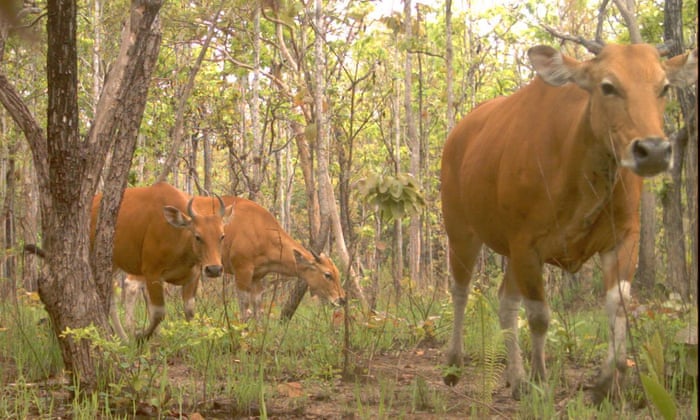
But Rosto-Garcia found that only big males, not smaller females, were killing banteng. And “even among the males there were large differences in diets, as some male leopards focused almost exclusively on preying on banteng, whereas other males did not consume banteng at all,” she said.
The results were particularly unexpected given the availability of small prey in the ecosystem, such as muntjac (small deer) and various species of monkeys.
“The tiger went extinct in this landscape over 10 years ago, so perhaps its absence allowed the leopard to expand its niche to include larger prey than usual,” Rosto-Garcia said.
The leopards of Cambodia are also the last population of Indochinese leopards that are uniformly spotted. Other populations sport a mix of spotted leopards and black, or melanistic, leopards.
Indeed, the largest remaining stronghold of Indochinese leopards in Southeast Asia is known for housing almost only melanistic leopards.
Malaysia’s black panthers
Not only does Peninsular Malaysia have the biggest population of Indochinese leopards left, but it is home to the largest population of black leopards on the planet. This fact may have helped perverse the population.
Their black coats make them “less sought after for their skins compared to spotted leopards,” said Reuben Clements, an Associate Professor with Universiti Malaysia Terengganu, who has studied leopards in the region for several years.
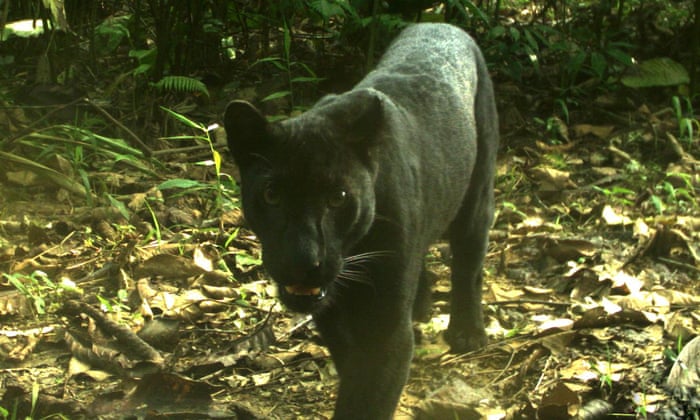
He also said the population may have hung on here due to “more forest” and the fact that the denser canopy of this rainforest could offer “additional habitat for leopards to utilize and to evade dangers on the ground.”
But why are the vast majority of leopards here melanistic?
“No one knows for sure,” said Clements. “Some suspect genetic drift. Others suspect the black coat of melanistic leopards may have made them ‘perfect stalkers’ in the dimly-lit rainforests, allowing them to compete with tigers for similar sized prey.”
As such, black leopards here may have found themselves with an evolutionary advantage.
Leopards in trouble everywhere
The Indochinese leopard survey comes close on the heels of a larger study that found that the world’s leopards have lost 75% of their range across their full territory, from South Africa to Java. The survey has resulted in the species being downlisted on the IUCN Red List from near threatened to vulnerable.
This means that of all the world’s big cats (those in the genus Panthera) only one, the jaguar, is not considered threatened with extinction – it remains listed as near threatened.
Conservationists, though, believe the situation can be turned around.
“If governments can get poaching and snaring under control, then leopards would have a promising future in the Southeast Asia,” said Kamler, who noted that there was still plenty of empty habitat available with sufficient prey.
“The question is whether there will be any leopards left in the region to make a comeback, depending on when the governments finally decide to get serious about reducing the poaching,” he added.
Combating snaring is particularly tricky, since many forests in the region are already blanketed with snares that would need to be removed – a difficult, but hardly impossible, task. If achieved, however, de-snaring would aid many other endangered species as well.
Kamler thinks that leopards may have been largely overwhelmed in conservation circles because they are smaller and were long-considered to be less threatened than the super-popular tigers.But he hopes these recent surveys serve as a wake-up call.
“Once people realize that leopards are becoming just as rare as the other big cats, hopefully there will be more interest in this species, and efforts to save them will increase,” said Kamler, who added that in his opinion the leopard was “the most beautiful of the large cats.”
Okay, so ,tigers might disagree. And so might jaguars and snow leopards. But it’s hard to dispute that leopards are still not getting the attention they deserve – or require. They may be more flexible than other big cats, but even this can only get them so far against the onslaught of butchery now occurring in Southeast Asia.
If the region wants to maintain leopards – or tigers for that matter, or bears, pangolins, hornbill, banteng, muntjacs, songbirds, monitor lizards, dholes, pretty much every species of turtle and some species that scientists have probably never even described – officials will finally have to get tough, really tough, on the wildlife trade.
This article was first published by The Guardian on 31 Aug 2016.
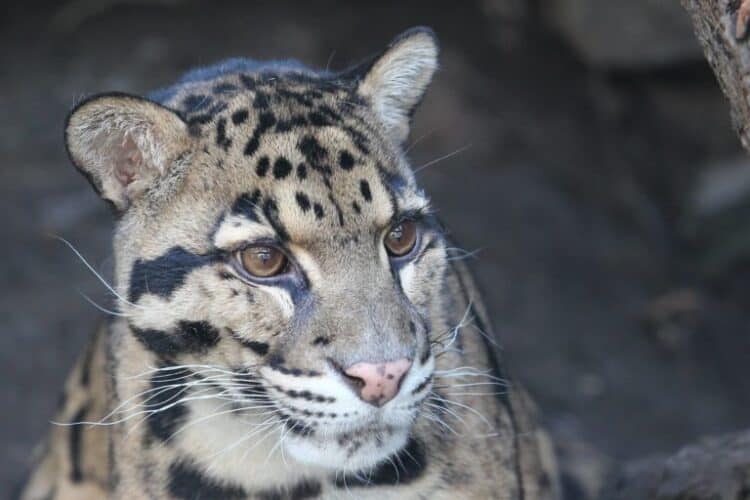
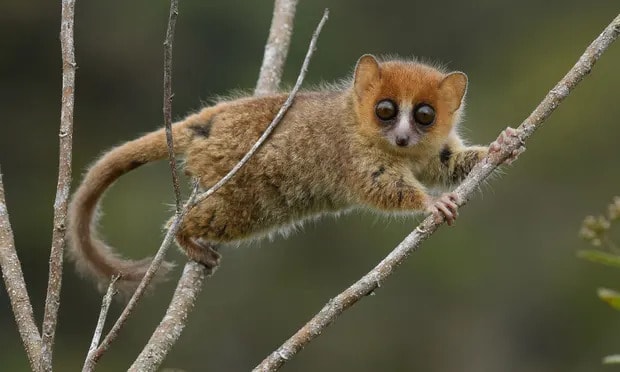

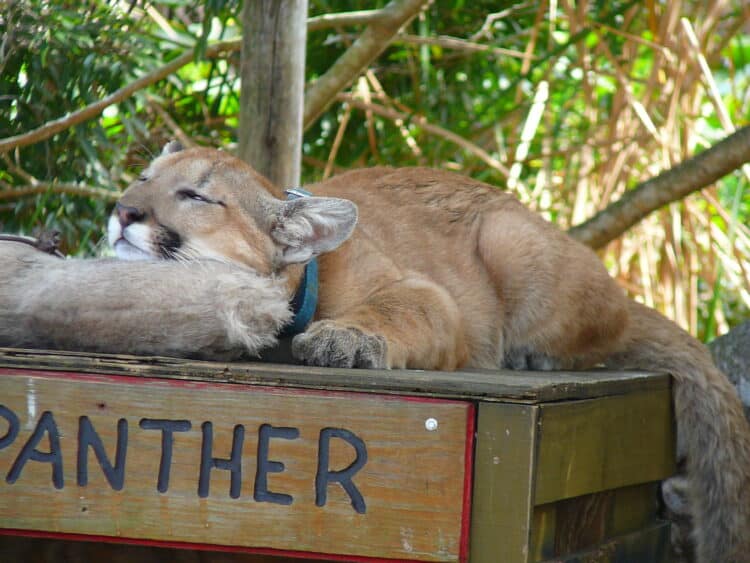


Leave a Reply